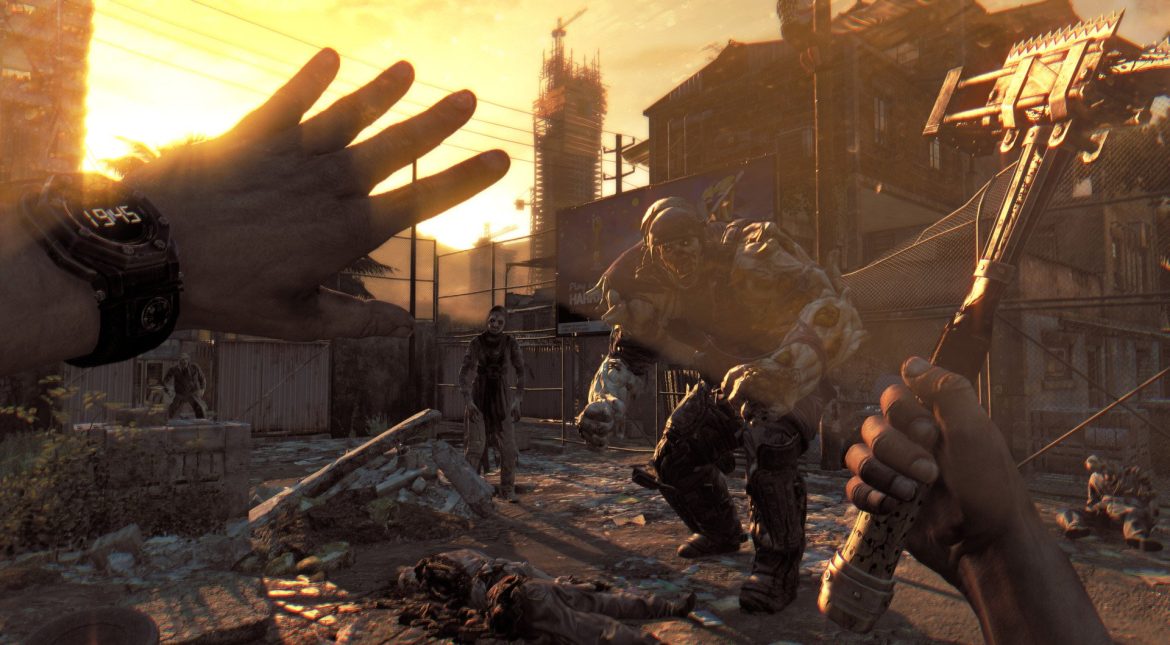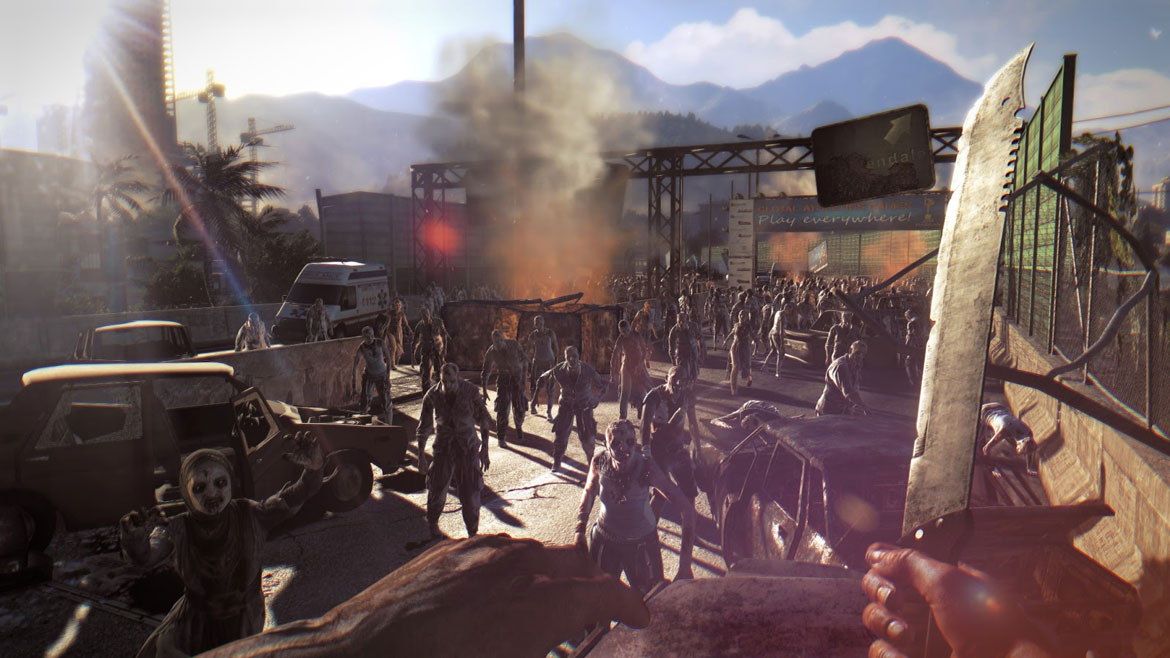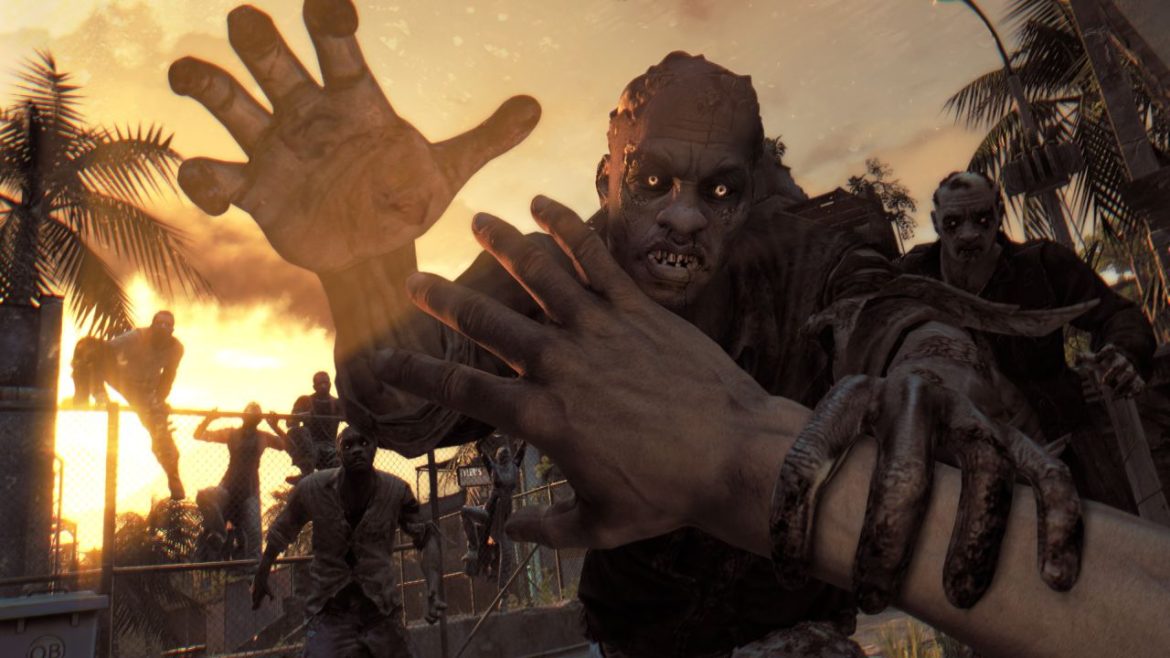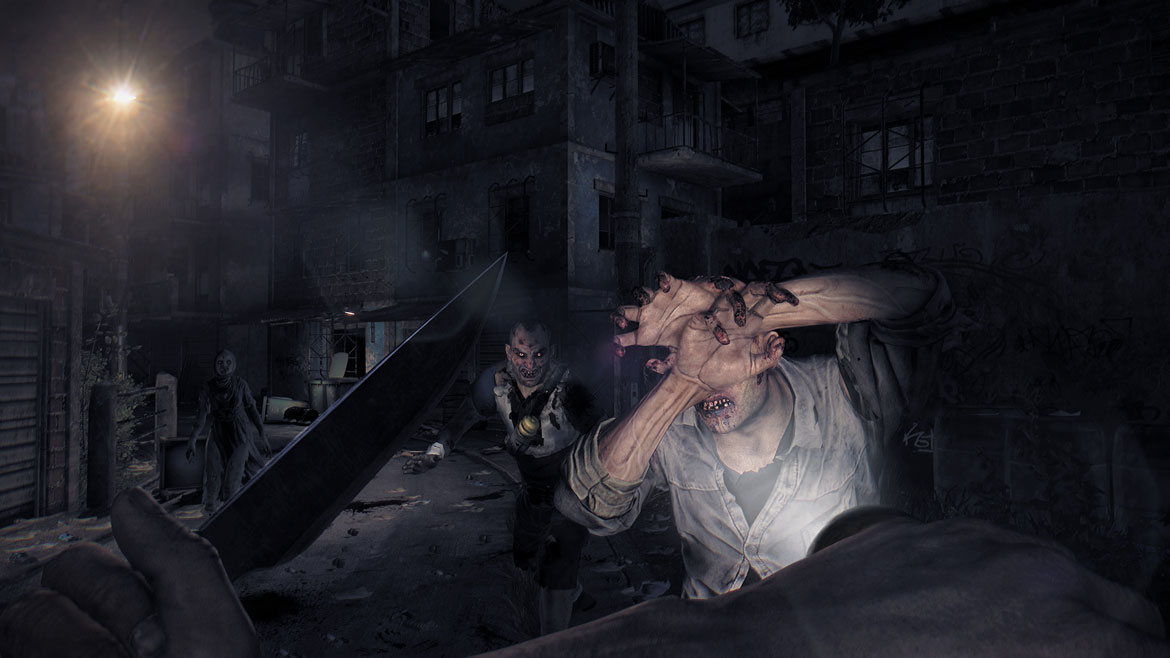TL;DR
Techland's Dying Light attempts to stand out in the crowded zombie FPS genre with its unique parkour mechanics and a gripping day-night cycle. While it boasts functional graphics, solid sound design, and intuitive menus, its core gameplay can feel a bit cautious, with frustrating platforming elements. The real magic happens at night when the zombies become terrifyingly aggressive. Cooperative multiplayer adds another layer of fun. Though it suffers from repetitive missions and a lack of a truly standout narrative, Dying Light offers a lengthy and engaging, albeit inconsistent, experience for zombie-slaying fans. Curious to see if the parkour is a game-changer? Read the full review!
Techland, the Polish developer known for the Dead Island series, takes on the next-gen blockbuster challenge with Dying Light. How does it fare?
The gaming landscape is saturated with zombie titles. Since Left 4 Dead popularized the FPS zombie-slaughter genre, numerous games have explored similar themes. While zombies can be somewhat cliché as horror antagonists—often slow, uninspired, and lacking compelling characteristics—some concepts have succeeded, such as Capcom’s Resident Evil (the original) and the acclaimed The Last of Us. However, a sense of generic fatigue can also set in, as seen in Dead Rising 3. Dying Light presents itself as an indie-spirited game wrapped in AAA packaging. The question is, how effective is this approach?
Players assume the role of Crane, a secret agent dispatched to a zombie-infested zone by the aid organization GRE. His mission: to retrieve a confidential file containing information about the infection’s origin. This objective forces Crane to navigate treacherous double-crosses between rival factions within the quarantined Turkish city while evading—or, when necessary, confronting—hordes of zombies. Adding another layer to the gameplay is a heavy emphasis on parkour.
Dying Light features competent graphics, although they are not cutting-edge. The lighting effects are noteworthy, but the somewhat simplistic details and environments are reminiscent of a visually enhanced Half-Life 2. The advantage of this less demanding graphical fidelity is a consistently smooth frame rate. The Xbox One version, which we tested, maintains a reasonably stable 30 fps. However, reports from our US colleagues suggest that the PS4 version offers slightly smoother performance with fewer frame drops. Prospective buyers choosing between platforms may want to consider the PS4.
The sound design is functional, the voice acting is generally well-executed, and the game delivers an ample supply of zombie moans and groans in surround sound. The audio effectively builds tension during nighttime sequences, where the formidable Nightmare zombies emerge as relentless, highly aggressive adversaries.
The menu and upgrade systems are intuitively designed, drawing parallels to Far Cry and requiring minimal orientation. The core gameplay is a straightforward FPS experience, perhaps erring on the side of caution. While the streets teem with zombies, the player character often starts with weak weaponry, limited stamina for melee combat, and insufficient resilience against enemy attacks. Consequently, evasion and tactical maneuvering frequently become the primary means of self-defense. This can be somewhat frustrating, as players occasionally desire a more direct, visceral approach to dispatching the undead. However, the integrated day-night cycle is a standout feature. The game transforms dramatically at night, becoming significantly more intense, challenging, and frightening. Up to four players can also engage in cooperative multiplayer.
A distinguishing feature of Dying Light is its implementation of jumping, climbing, and grappling mechanics. The inclusion of parkour elements in an FPS may seem refreshing. While some appreciate DICE’s FPS-parkour title, Mirror’s Edge, we remain unconvinced of its effectiveness. Platforming in first-person perspective can be problematic. Determining precise jump timing is often difficult due to the obscured character position relative to the environment. Successful jumps can sometimes rely on aiming the player’s view at specific points. This can lead to frustration, especially when pursued by Nightmare zombies at night, resulting in clumsy, ungainly leaps. The game demands a level of precision that feels less about skill and more about memorizing optimal escape routes.
Dying Light is an ambitious title that achieves some successes. It is accessible, but its ambition is tempered by an inconsistent feel, repetitive mission design, and a lack of clear focus, particularly with its numerous fetch quests. It is not ideal for players who prioritize first-person platforming due to its action-heavy focus. Conversely, it may lack the sustained intensity that action enthusiasts expect from titles like Call of Duty. Ultimately, Dying Light offers a lengthy and occasionally engaging experience, but it lacks a truly compelling narrative or unique elements that would demand repeated playthroughs. Nevertheless, within the niche genre of zombie-FPS-with-parkour-elements, it currently occupies a prominent position.




